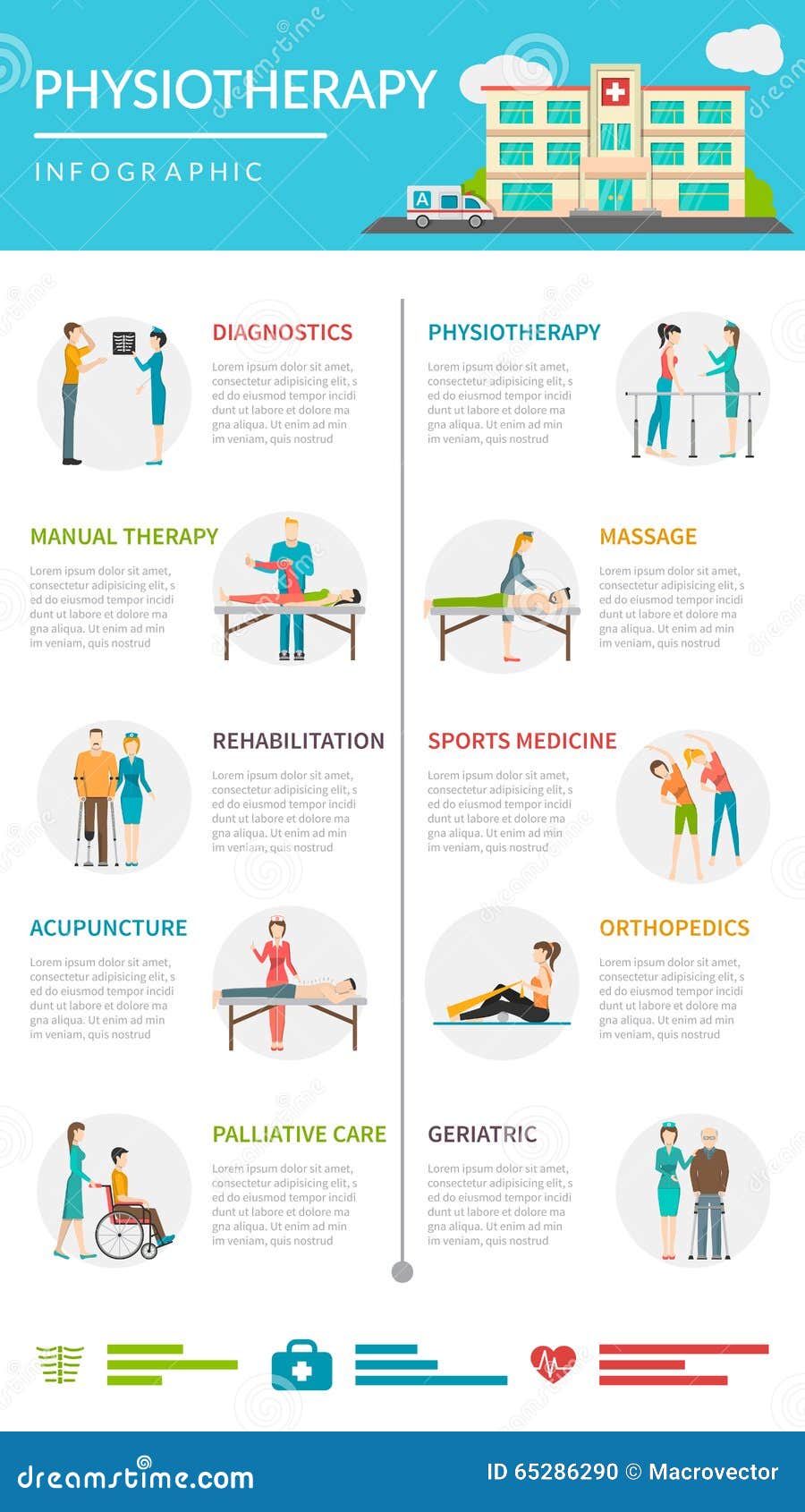Secret Daily Routines That Cause Neck And Back Pain And Exactly How To Minimize Their Results
Secret Daily Routines That Cause Neck And Back Pain And Exactly How To Minimize Their Results
Blog Article
Material Author-Dyhr Svenningsen
Maintaining appropriate stance and preventing common risks in daily activities can considerably influence your back wellness. From how you rest at your workdesk to exactly how you raise hefty objects, small adjustments can make a huge distinction. Think of a day without the nagging neck and back pain that prevents your every step; the remedy might be less complex than you assume. By making a couple of tweaks to your everyday habits, you could be on your way to a pain-free presence.
Poor Stance and Sedentary Way Of Life
Poor pose and a less active lifestyle are two major factors to neck and back pain. When you slouch or inkling over while sitting or standing, you placed unneeded stress on your back muscle mass and spine. This can lead to muscle mass inequalities, stress, and ultimately, chronic pain in the back. Furthermore, sitting for long periods without breaks or physical activity can deteriorate your back muscles and result in rigidity and discomfort.
To fight inadequate pose, make a mindful initiative to rest and stand right with your shoulders back and straightened with your ears. Bear in mind to keep your feet flat on the ground and avoid crossing your legs for prolonged periods.
Integrating normal stretching and enhancing workouts right into your everyday routine can likewise assist boost your position and ease back pain associated with an inactive lifestyle.
Incorrect Lifting Techniques
Improper training techniques can dramatically contribute to back pain and injuries. When you lift heavy items, remember to flex your knees and utilize your legs to raise, instead of relying on your back muscle mass. Stay clear of twisting your body while lifting and maintain the things close to your body to reduce strain on your back. It's vital to preserve a straight back and avoid rounding your shoulders while lifting to avoid unneeded pressure on your back.
Constantly analyze the weight of the item before raising it. If it's also hefty, ask for help or use equipment like a dolly or cart to transfer it securely.
Keep in mind to take breaks throughout raising tasks to offer your back muscle mass an opportunity to rest and stop overexertion. By carrying out correct training techniques, you can prevent pain in the back and decrease the risk of injuries, guaranteeing your back remains healthy and solid for the long term.
Lack of Regular Exercise and Stretching
An inactive way of living without normal workout and extending can substantially add to pain in the back and pain. When you do not engage in exercise, your muscles come to be weak and inflexible, resulting in poor stance and enhanced strain on your back. Regular workout aids reinforce the muscular tissues that sustain your spine, enhancing security and decreasing the threat of pain in the back. Including stretching into your regimen can also boost flexibility, protecting against tightness and pain in your back muscle mass.
To avoid back pain brought on by Click Webpage of exercise and stretching, go for a minimum of 30 minutes of modest exercise most days of the week. Consist of workouts that target your core muscle mass, as a solid core can assist alleviate pressure on your back.
Additionally, take breaks to stretch and relocate throughout the day, particularly if you have a workdesk task. Straightforward stretches like touching your toes or doing shoulder rolls can assist alleviate tension and prevent pain in the back. Prioritizing regular exercise and extending can go a long way in keeping a healthy back and reducing discomfort.
Final thought
So, keep in mind to stay up directly, lift with your legs, and remain energetic to avoid back pain. By making easy adjustments to your day-to-day habits, you can stay clear of the pain and constraints that include pain in the back. Look after your spine and muscles by exercising excellent posture, correct lifting techniques, and regular exercise. my lower back hurts when i walk will thank you for it!
